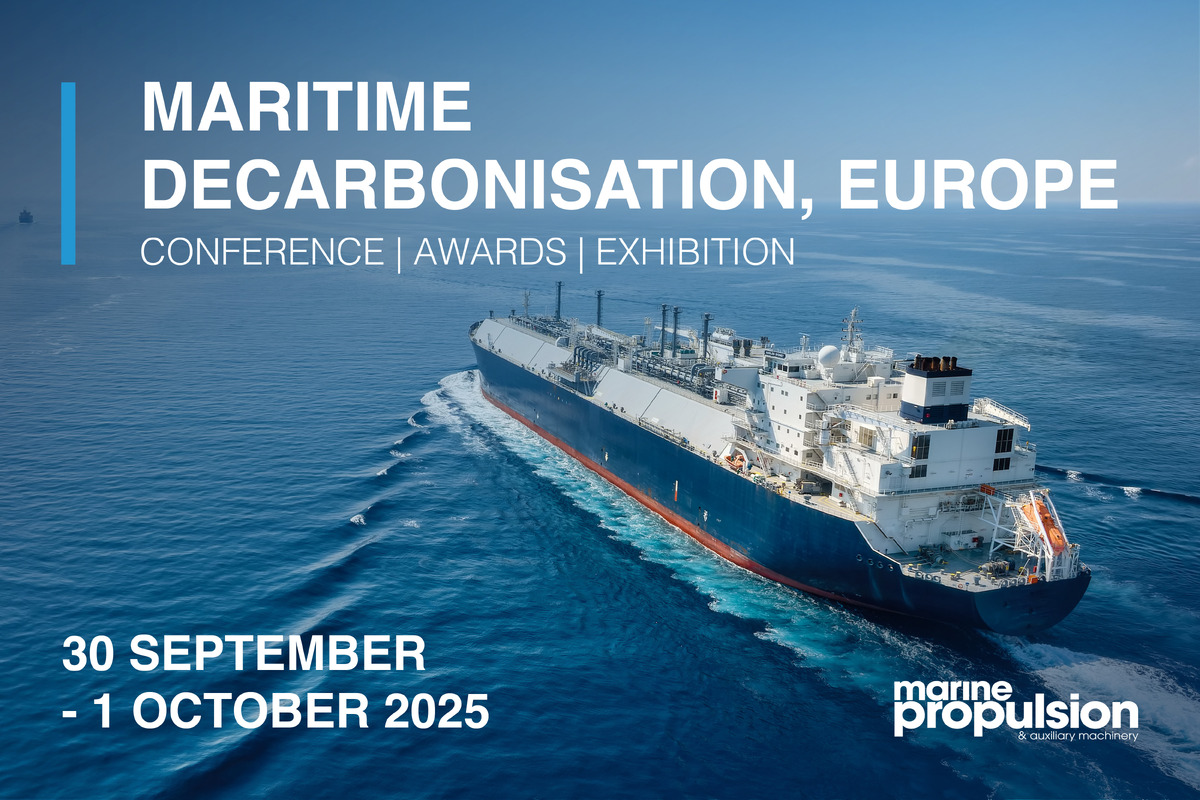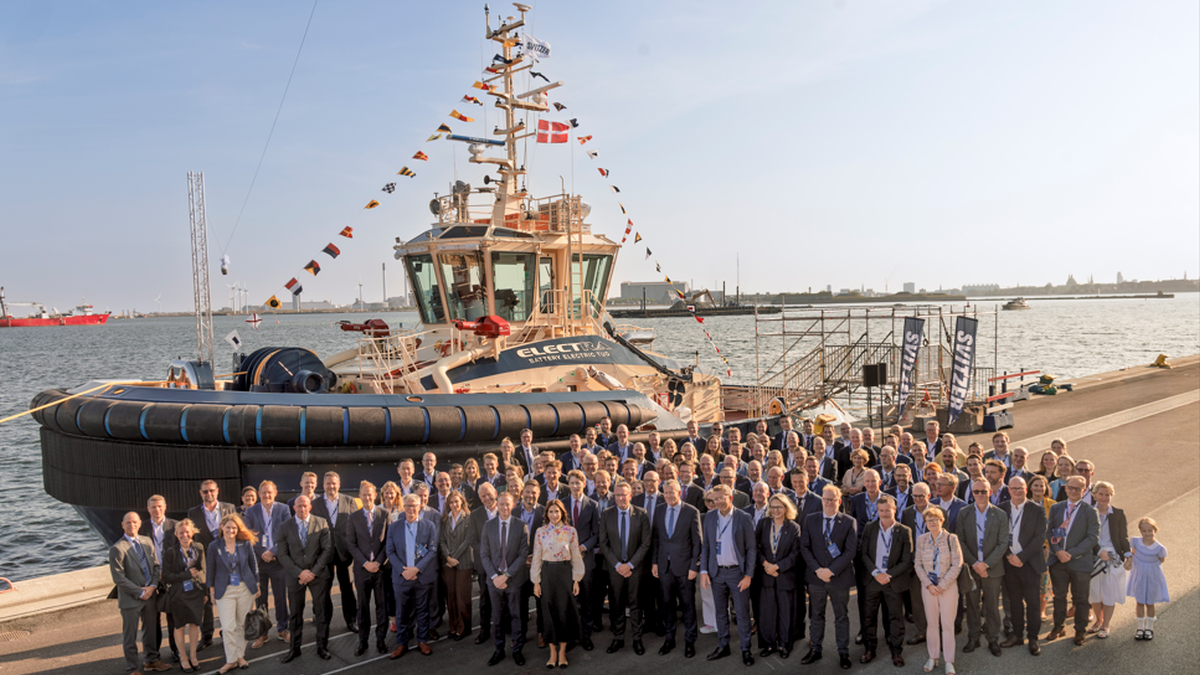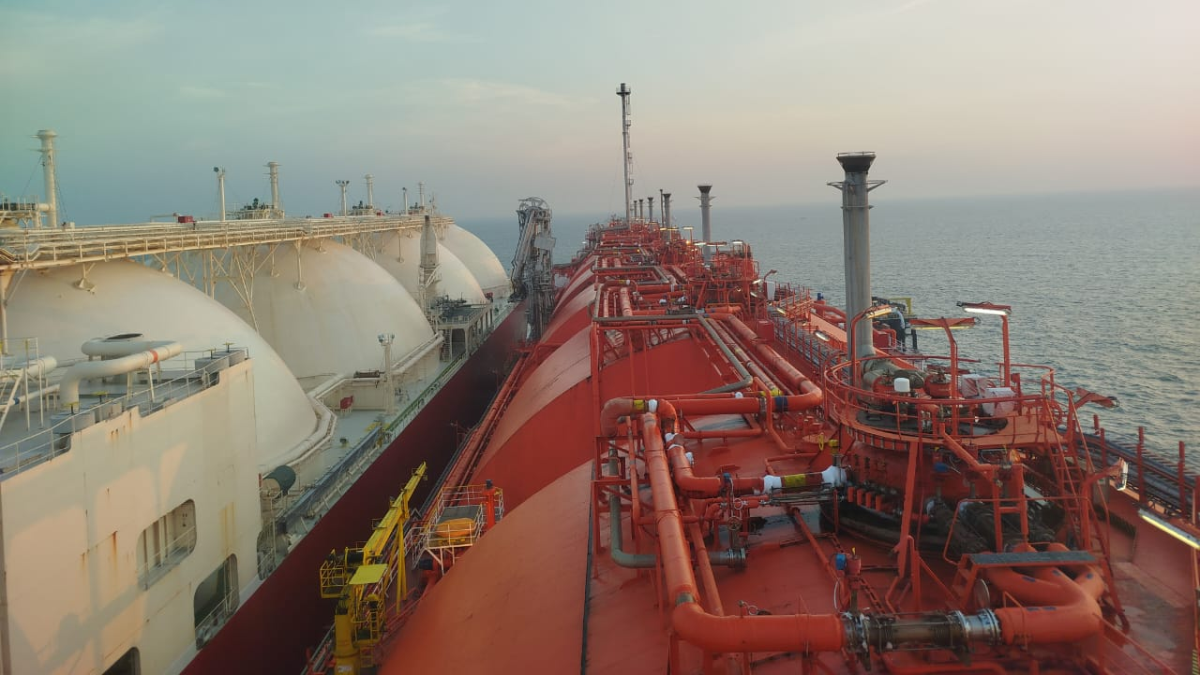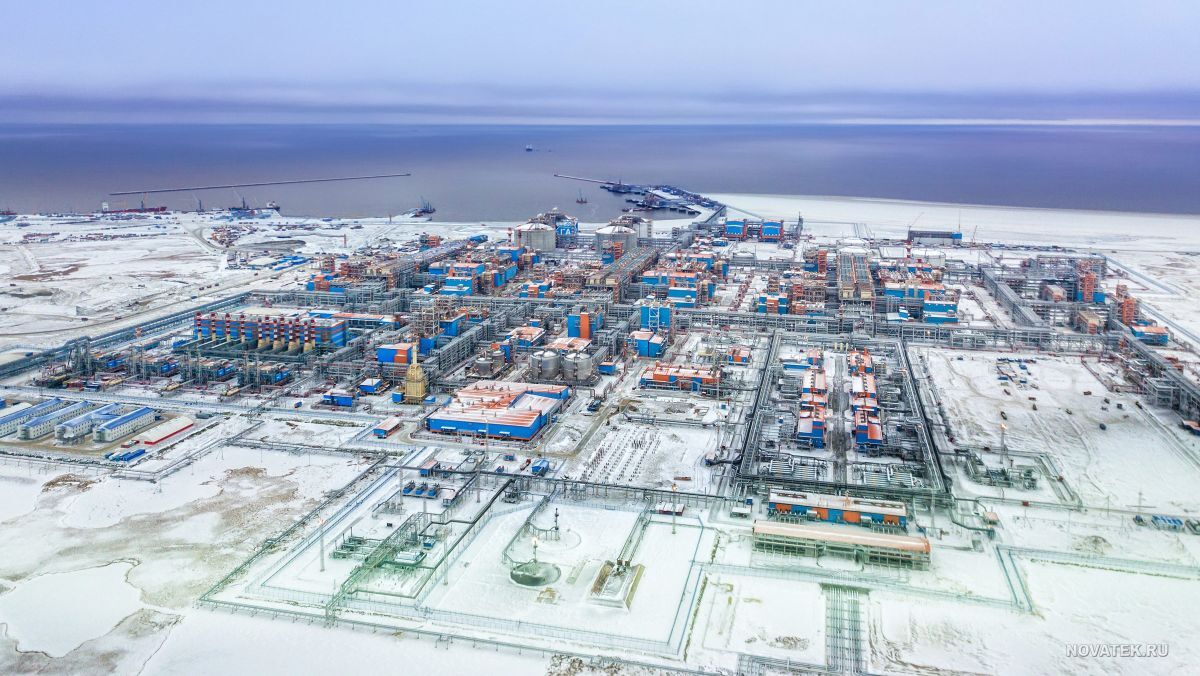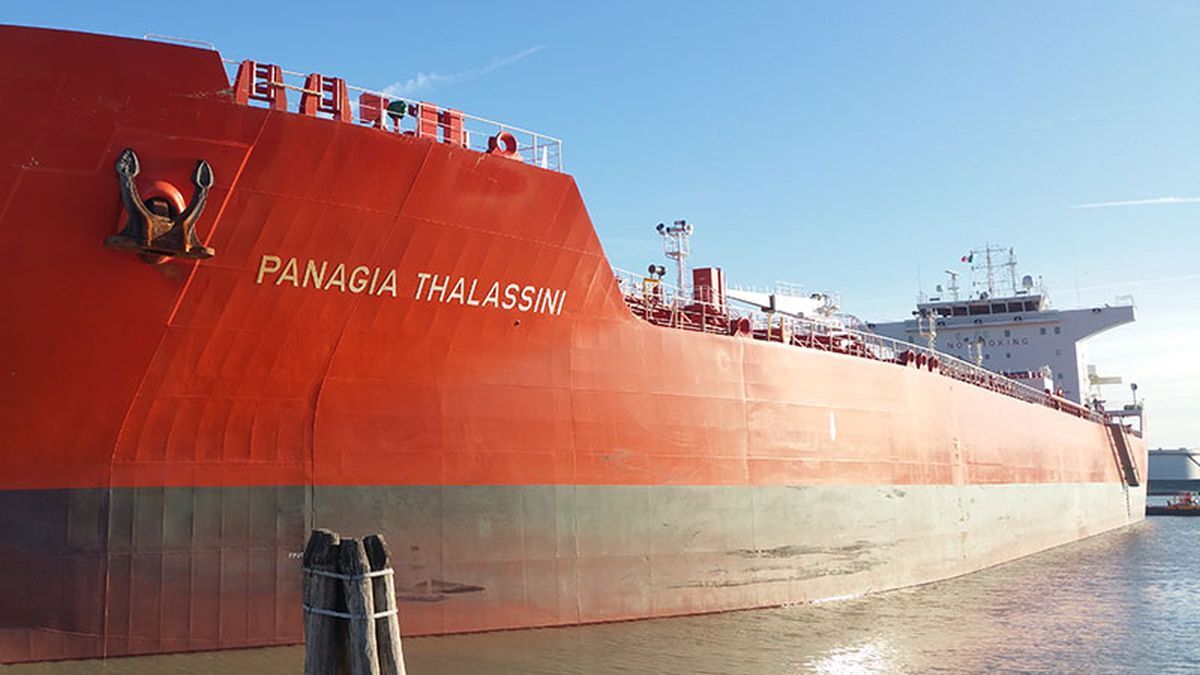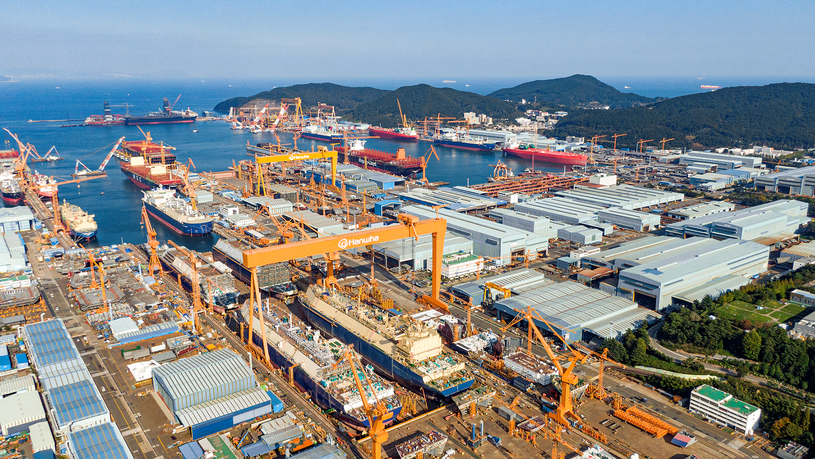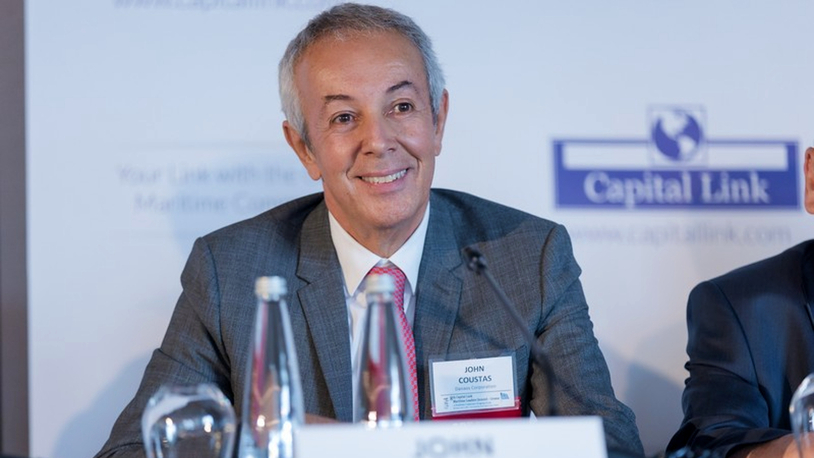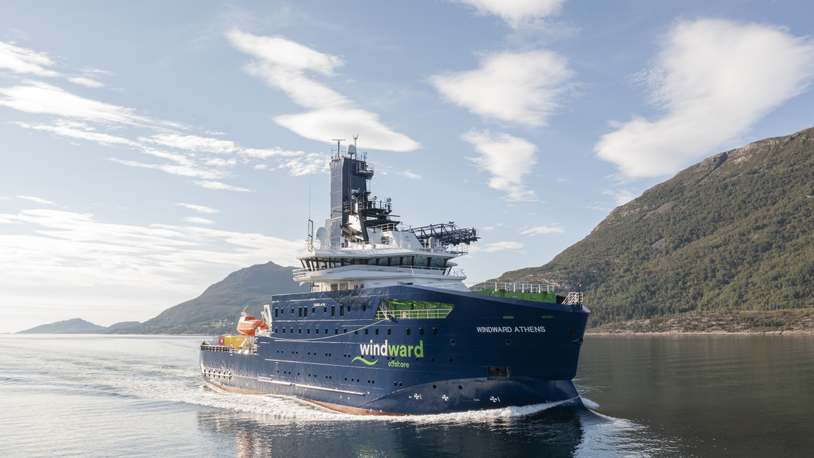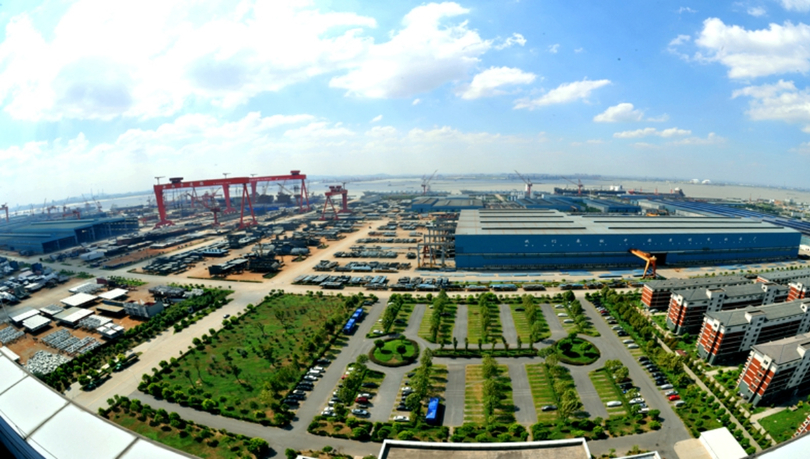Business Sectors
Contents
Svitzer invests in electric, methanol and TRAnsverse tugs
Svitzer is charging ahead with its sustainability drive, reducing its emissions through the use of alternative fuels, building more efficient tugboats and introducing electrificatio
This Danish tug owner, which is an affiliate of AP Moller Holding, has taken delivery of its first battery-electric tug, Svitzer Ingrid, and its first three diesel-fuelled tugboats of its new TRAnsverse design.
It is also looking forward to operating the world’s first methanol-electric tugboat and a second battery-powered tug in 2026 and ordering a series of battery-driven vessels from a shipyard in the near future.
Svitzer chief operating officer Kasper Karlsen said all these initiatives are part of the company’s decarbonisation journey, which started in 2021 and also includes using digital tools to save fuel during vessel mobilisation and demobilisation.
This sustainability strategy also includes the wide use of hydrogenated vegetable oil (HVO) fuels across the UK fleet and fatty acid methyl ester (FAME) on tugs in Oman, the Netherlands and Brazil.
“In the longer term, to reach our target, drop-in fuels will play an important role as assets in the fleet surpass the target deadline and we need to continue operating them,” said Mr Karlsen.
“With newbuilds, however, we have opportunities to work with equipment vendors. We have extensively looked at future fuels, such as hydrogen, ammonia and methanol,” he told Riviera. “We found methanol is the most applicable for handling and energy density. “We are in dialog with engine manufacturers to work out how methanol would work and there will be an electric-hybrid methanol tug delivered in 2026.”
This tugboat is scheduled to enter service in Gothenburg, Sweden, in Q2 2026 to provide near-zero emissions when towing, manoeuvring and docking ships, such as Maersk Line’s methanol-fuelled container carriers.
While marine diesel, biofuels and alternative fuels will be critical for global towage for several decades, Svitzer sees a future for onboard energy storage systems and charging infrastructure in ports.
“Electric is part of the end-game for some locations where infrastructure is installed,” said Mr Karlsen. “Technology advances make it more viable to go straight to electrification.” Shipyards are building electric tugs at scale and in series and a few ports are investing in charging stations for harbour vessels.
“We need to start to operate these electric tugs as we need operating experience,” he explained. “It is fast-pace on the learning curve. Manoeuvring is different as they are more nimble and better for acceleration. There are less maintenance and different qualifications for chief engineers [are needed], going from diesel to electrical systems.”
The owner’s first electric-hybrid tug Svitzer Ingrid was built by Sanmar Shipyards to Robert Allan Ltd’s ElectRA 2500SX design, with a 13-m beam and a draught of 5 m. It has a battery capacity of 1,808 kWh from Corvus Energy, backed up by generators to drive two Schottel azimuth thrusters, to achieve a bollard pull of 70 tonnes.
“Electric is part of the end-game for some locations where infrastructure is installed”
Svitzer Ingrid was officially named in a ceremony in the Port of Copenhagen before it started operations in the Sound between Denmark and Sweden. Its battery-electric propulsion reduces exhaust emissions and noise levels for crew, and underwater sound during operations.
Svitzer expects this 25-m tugboat to complete around 90% of its operational tasks using electric power sourced from batteries charged using the renewable energy supply at the Port of Helsingborg.
During a year’s operation, it should cut annual CO2 emissions by 600-900 tonnes compared with existing tugs operating in the Sound. Success during sea trials of this vessel has led Svitzer to continue with its drive to own battery electric tugs.
“We have another being delivered in 2026 and we are in the market for four TRansverse 26-m electric tugs with options for four more,” said Mr Karlsen. “We are at a stage now where we are getting quotes from shipyards as part of our procurement process.”
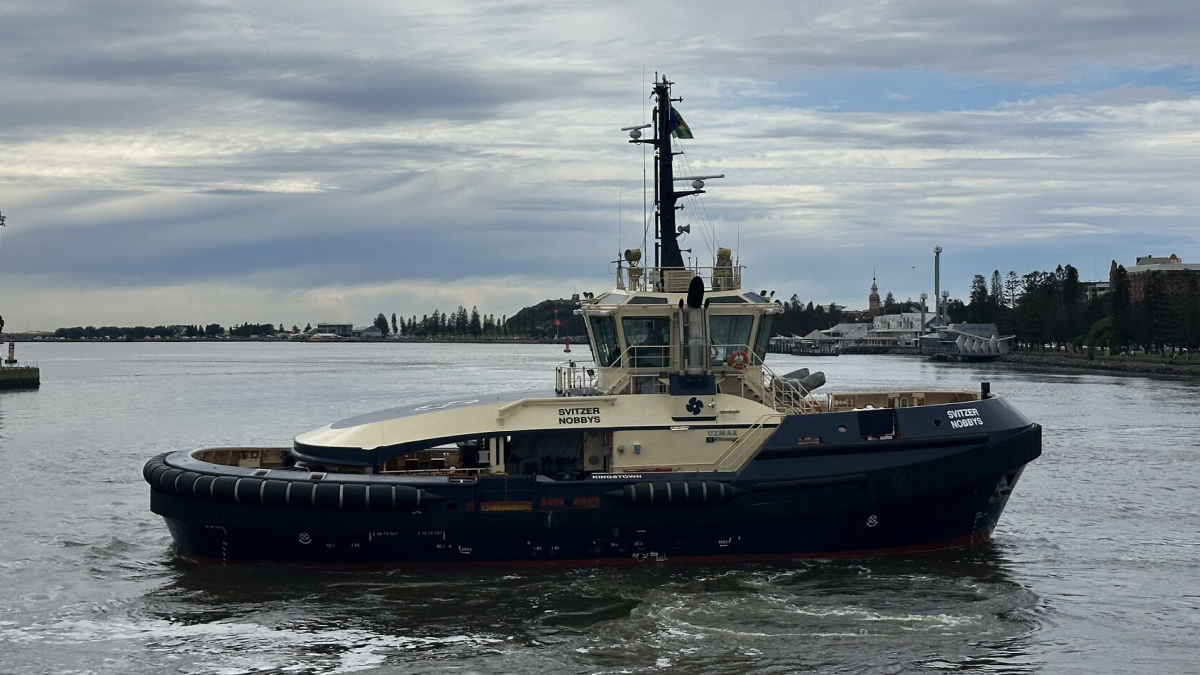
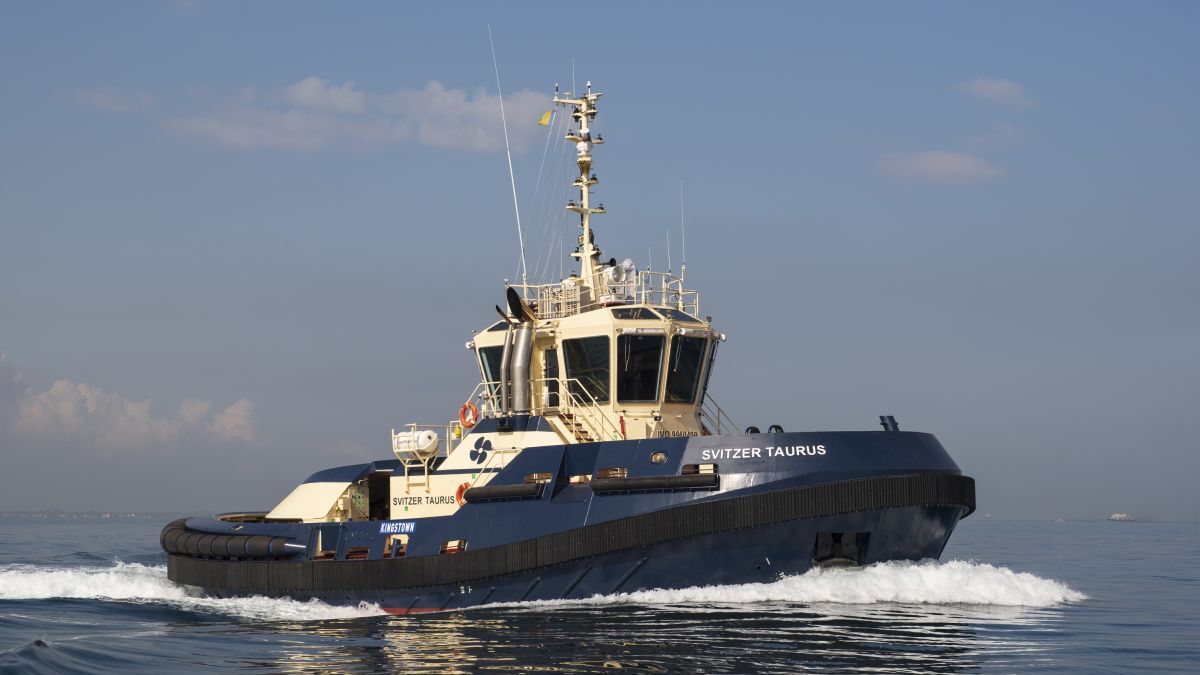
These would be for delivery in 2027 and operations where there is charging infrastructure. As Svitzer gains more experience with these battery hybrid-propulsion tugs, it will become more confident to roll this out worldwide. “A good portion of our newbuildings for fleet renewal will be battery tugs,” said Mr Karlsen. “With our size and global operations, we are confident we would find places for these to operate and infrastructure for charging them.”
Some of the biggest challenges in investing in battery powered tugs involve finding the charging infrastructure and clients willing to partner in the electric revolution.
“There are still pain points, and even when charging should be available, it is challenging to get green electricity to the quayside and the charger,” said Mr Karlsen. “This is slowly being solved. We ordered Svitzer Ingrid and got this delivered to encourage port partners to find solutions for charging.” This resulted in Port of Helsingborg providing a charging station, enabling Svitzer Ingrid to operate from the harbour into the Sound.
“We expect more charging infrastructure to be developed in the future”
Until this infrastructure is in place, tugboats will be diesel fuelled, with exhaust aftertreatment for reducing NOx emissions and compliance with IMO Tier III standards. These tugs will have engines ready for biofuels for when prices decrease to more viable levels for these drop-in fuels.
Use of selective catalytic reduction (SCR) units for Tier III compliance enables Svitzer to reduce local pollution in port and urban areas in which it operates. There is a little more operating expenditure in terms of replacing urea and maintenance, but this is not an issue for the Danish owner.
“We have obligations to lower local emissions. We look at where we operate and will be compliant where there are strict Tier III requirements,” said Mr Karlsen. With a fleet of around 450 vessels, Svitzer can shuffle them around to meet environmental and operational requirements and renew where needed.
“When yards are building their own vessels for stock, we specify them to be Tier III ready so they can be ready to retrofit,” he added.
New designs
Svitzer’s new tugs will also be based on its TRAnsverse design, which was developed in co-operation with Canadian naval architects Robert Allan Ltd.
The first of these, Sanmar-built Svitzer Taurus, has operated in Ijmuiden, the Netherlands for almost one year with around 15% more fuel efficiency than conventional azimuth stern drive tugs. Two more, Svitzer Barrington and Svitzer Nobbys, started operating in the Port of Newcastle, Australia in August 2025 to enhance safety and lower fuel consumption from escorting and manoeuvring post-Capesize bulk carriers in the harbour. These were built by Uzmar Shipyard in Turkey to a TRAnsverse 3200 design with a beam of 13.7 m, a draught of 6.1 m, a bollard pull of 80 tonnes and a top speed of 14.4 knots, coming from two Everllence-manufactured four-stroke, diesel engines driving two azimuth thrusters.
“They have exceeded expectations and are extremely capable,” said Mr Karlsen. “We can see they work effectively. We have had all good feedback from pilots and stakeholders. They are a real success.” Svitzer trained masters on simulators and did exercises with marine pilots before these two TRAnsverse tugs arrived. “We are focused on TRAnsverse being a differentiator. We believe in the design for higher performance and lower fuel consumption,” he said.
“A next step is to work with port owners to get microgrid solutions for renewable energy plants, storage and charging”
Future TRAnsverse tugs are likely to have battery-hybrid propulsion ready for charging in ports and using biofuels or methanol, as long as Svitzer can find partners to collaborate with.
“Our challenge is to find partners and customers where we can work together to develop commercial offerings to make energy transition viable for all parties,” said Mr Karlsen. “It is easy to talk about energy transition, but difficult to implement, especially when these parties need to take their wallets out.”
He said battery technology is becoming cheaper as electric tugs are built at scale and new chemistries are implemented, but more is needed. “We are not there yet, but when there is comparable total cost of ownership between electric and diesel, it becomes a no-brainer.”
There needs to be close co-operation between port authorities, terminal owners, shipowners and the harbour ecosystem to find solutions and enable electrification of vessels from renewable sources.
“A next step is to work with port owners to get microgrid solutions for renewable energy plants, storage and charging, and to have off-take partners and to sell green energy back to the main grid. These can make it financially viable,” said Mr Karlsen.
Riviera’s Maritime Hybrid, Electric & Hydrogen Fuel Cells Conference & Exhibition returns to Bergen on 14-16 October 2025! Use this link to get more information and tickets to this international event. For any enquiries about this event, please contact Indrit Kruja or Rob Gore.
Related to this Story
Events
Maritime Decarbonisation, Europe: Conference, Awards & Exhibition 2025
Offshore Support Journal Conference, Americas 2025
LNG Shipping & Terminals Conference 2025
© 2024 Riviera Maritime Media Ltd.
